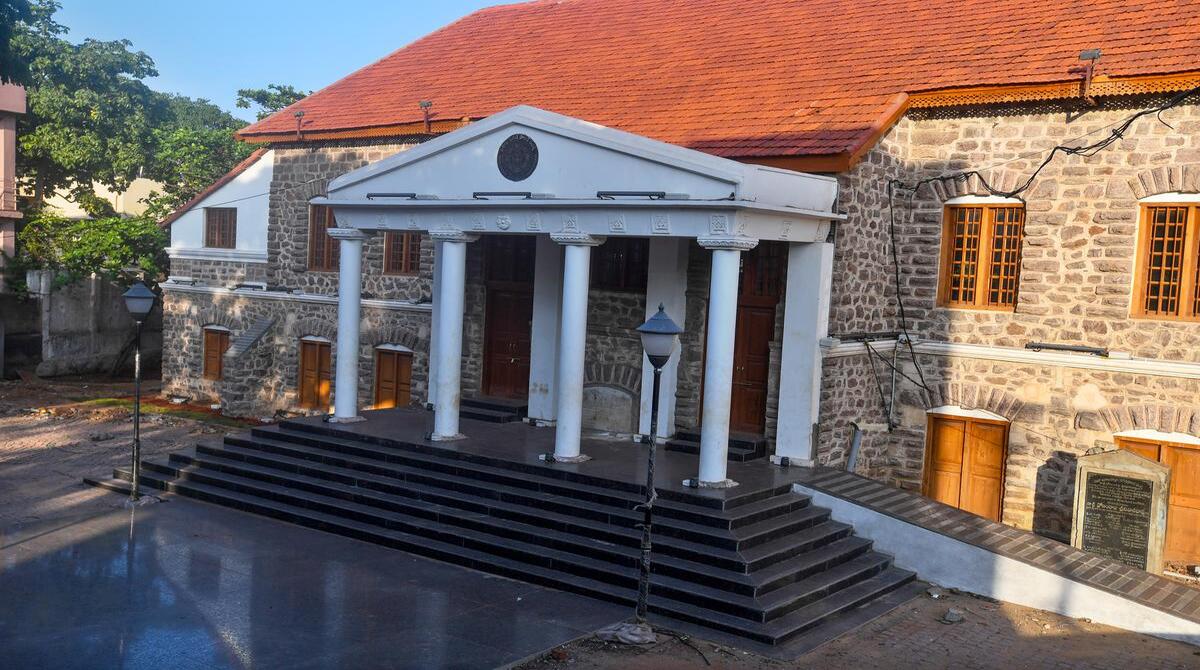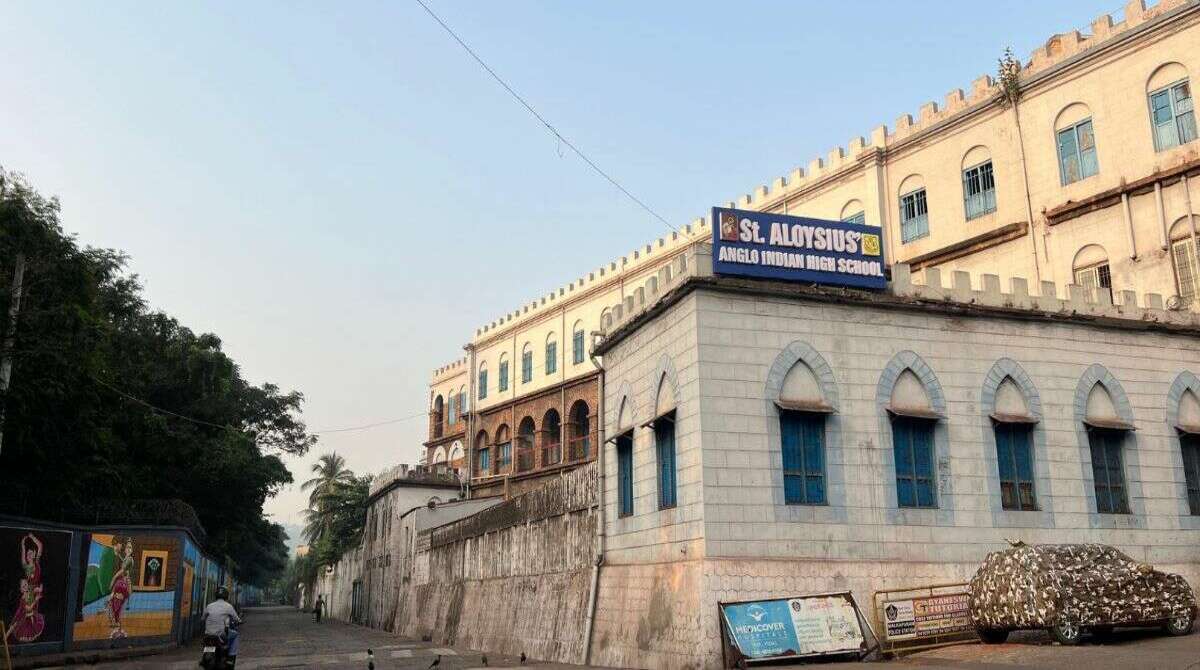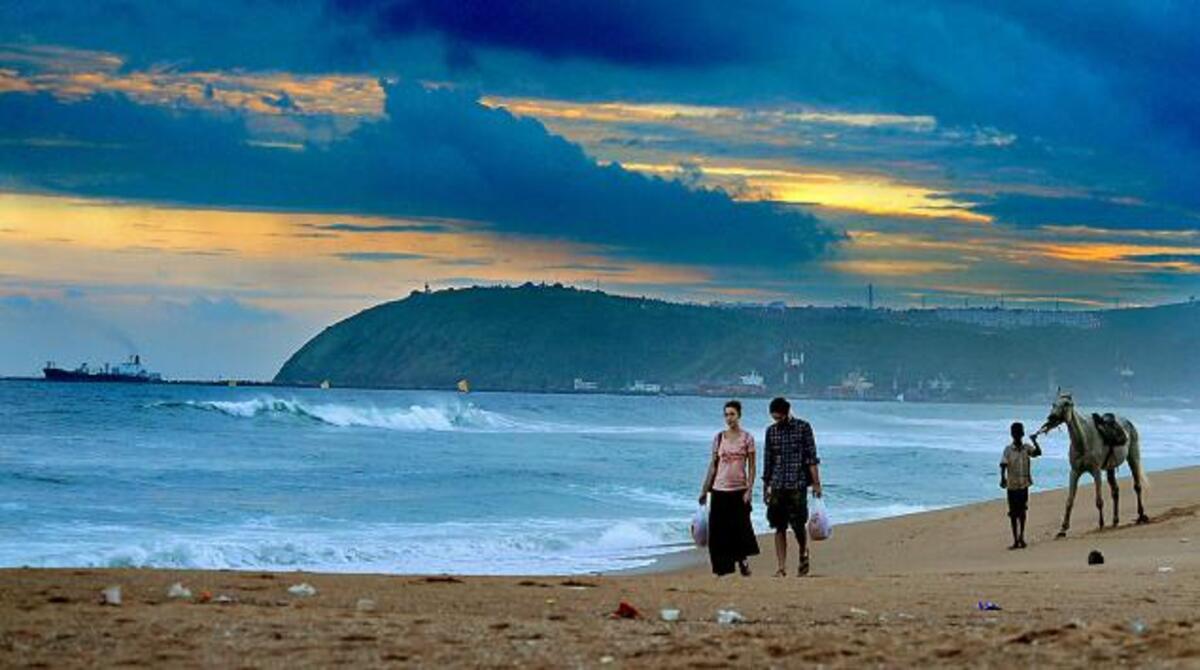One Town Visakhapatnam: The Cradle of Vizag’s Colonial Past and Cultural Heart
Tucked between the old harbour and the slopes of Dolphin’s Nose, One Town is often called the cradle of modern Visakhapatnam. Its narrow streets, colonial-era buildings, and centuries-old temples stand as reminders of the city’s evolution from a modest fishing settlement into a busy port town.
Long before Visakhapatnam grew into a metropolis with steel plants, IT hubs, and wide highways, life revolved around One Town. Close to the natural harbour, the area became the centre of early trade and administration under Dutch and British influence.
The Dutch were among the first Europeans to settle here in the 17th century, setting up warehouses to trade in textiles, indigo, and spices. Under British rule, the locality developed into a commercial hub, with godowns, customs offices, and residential quarters. “If you want to understand Vizag’s colonial past, One Town is the place to start,” says Prof. P. Srinivas, a history researcher at Andhra University.

One Town’s streets still carry a sense of history. The Old Post Office building, with its high arches and vintage façade, remains a landmark of colonial administration. St. John’s Parish and St. Aloysius’ School, both over a century old, reflect the missionary presence in the area.
Temples also define the character of One Town. The Sri Kanaka Mahalakshmi temple, dating back to the 18th century, draws thousands of devotees, particularly during the annual Margasira festival. For locals, the temple is more than a religious site; it is the cultural heart of the community.
Through the 19th and early 20th centuries, One Town thrived as a trading hub. Its proximity to the harbour made it the natural centre for wholesale markets. Even today, goods such as jaggery, pulses, spices, and textiles are traded here, though old godowns now sit alongside modern shops.
For older residents, One Town is inseparable from their memories of the city. “This was Vizag before anything else. When ships came into the harbour, traders would rush to the godowns here. Every festival, every gathering, happened in these streets,” recalls 78-year-old Narasimha Rao, a lifelong resident.

In recent years, rapid urban development has pushed One Town into the background. Congested roads, neglected heritage structures, and declining footfall threaten to erase its character. While markets still thrive, the historic buildings urgently need conservation.
Heritage enthusiasts say One Town could be developed as a cultural precinct, highlighting its colonial landmarks, traditional temples, and vibrant bazaars. “Cities like Hyderabad and Kochi have successfully revived their old quarters. Vizag too must protect its roots in One Town,” says Sohan Hatangadi, a heritage activist and INTACH member.
For Visakhapatnam, which is rapidly expanding into a cosmopolitan hub, One Town is more than just an old neighbourhood. It is the city’s first chapter — a living archive of its maritime links, colonial encounters, and cultural traditions. Preserving it, many argue, is not just about saving old buildings, but about holding on to the soul of Vizag itself.



